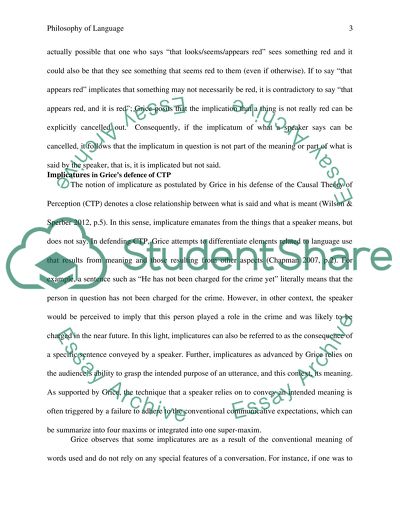Cite this document
(Defense of the Causal Theory of Perception Essay Example | Topics and Well Written Essays - 3000 words, n.d.)
Defense of the Causal Theory of Perception Essay Example | Topics and Well Written Essays - 3000 words. https://studentshare.org/philosophy/1673384-defense-of-the-causal-theory-of-perception
Defense of the Causal Theory of Perception Essay Example | Topics and Well Written Essays - 3000 words. https://studentshare.org/philosophy/1673384-defense-of-the-causal-theory-of-perception
(Defense of the Causal Theory of Perception Essay Example | Topics and Well Written Essays - 3000 Words)
Defense of the Causal Theory of Perception Essay Example | Topics and Well Written Essays - 3000 Words. https://studentshare.org/philosophy/1673384-defense-of-the-causal-theory-of-perception.
Defense of the Causal Theory of Perception Essay Example | Topics and Well Written Essays - 3000 Words. https://studentshare.org/philosophy/1673384-defense-of-the-causal-theory-of-perception.
“Defense of the Causal Theory of Perception Essay Example | Topics and Well Written Essays - 3000 Words”. https://studentshare.org/philosophy/1673384-defense-of-the-causal-theory-of-perception.


